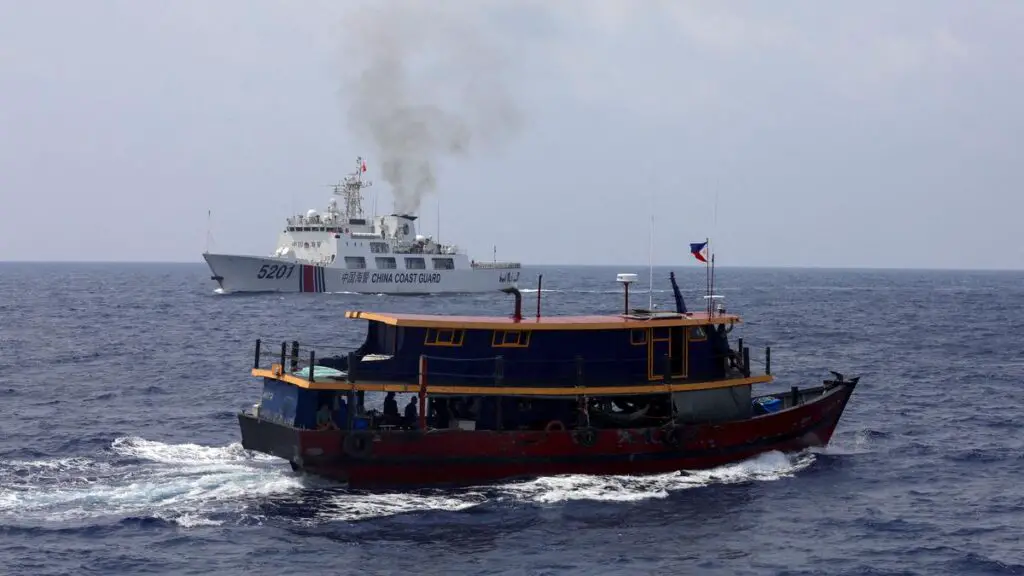Philippines Urges China to Remove Illegal Structures in South China Sea
The Philippines’ Foreign Ministry has made a strong call to China, urging the removal of illegal structures and the cessation of reclamations in the South China Sea. The ministry also emphasized the need for China to be accountable for the environmental damage caused in the region.
Legitimate Resupply Missions in the South China Sea
The Department of Foreign Affairs released a statement asserting that resupply missions to the Second Thomas Shoal, located within the Philippines’ exclusive economic zone (EEZ), are entirely legitimate activities. The ministry also made it clear that prior notification to China will not be given for these missions.
Response to Chinese Foreign Ministry’s Statement
This statement was a direct response to the Chinese Foreign Ministry spokesperson’s remarks regarding the recent resupply mission conducted by the Philippines. In this regard, Philippine Foreign Ministry spokesperson Teresita Daza stated, “We are being asked to give prior notification each time we conduct a resupply mission to Ayungin Shoal. We will not do so. The resupply missions are legitimate activities within our EEZ, in accordance with international law.”
The regular resupply missions serve to support the Filipino troops stationed in an intentionally grounded, dilapidated warship on Second Thomas Shoal, also known as Renai Reef in China. This atoll is a hotly disputed territory in the South China Sea, with Manila calling it Ayungin. It is important to note that China’s embassy in Manila did not immediately respond to a request for comment on this matter.
The Philippines’ stance on these issues highlights its commitment to protecting its territorial integrity and asserting its rights in the South China Sea.
For more information on the territorial disputes in the South China Sea, visit Council on Foreign Relations – South China Sea Dispute.

